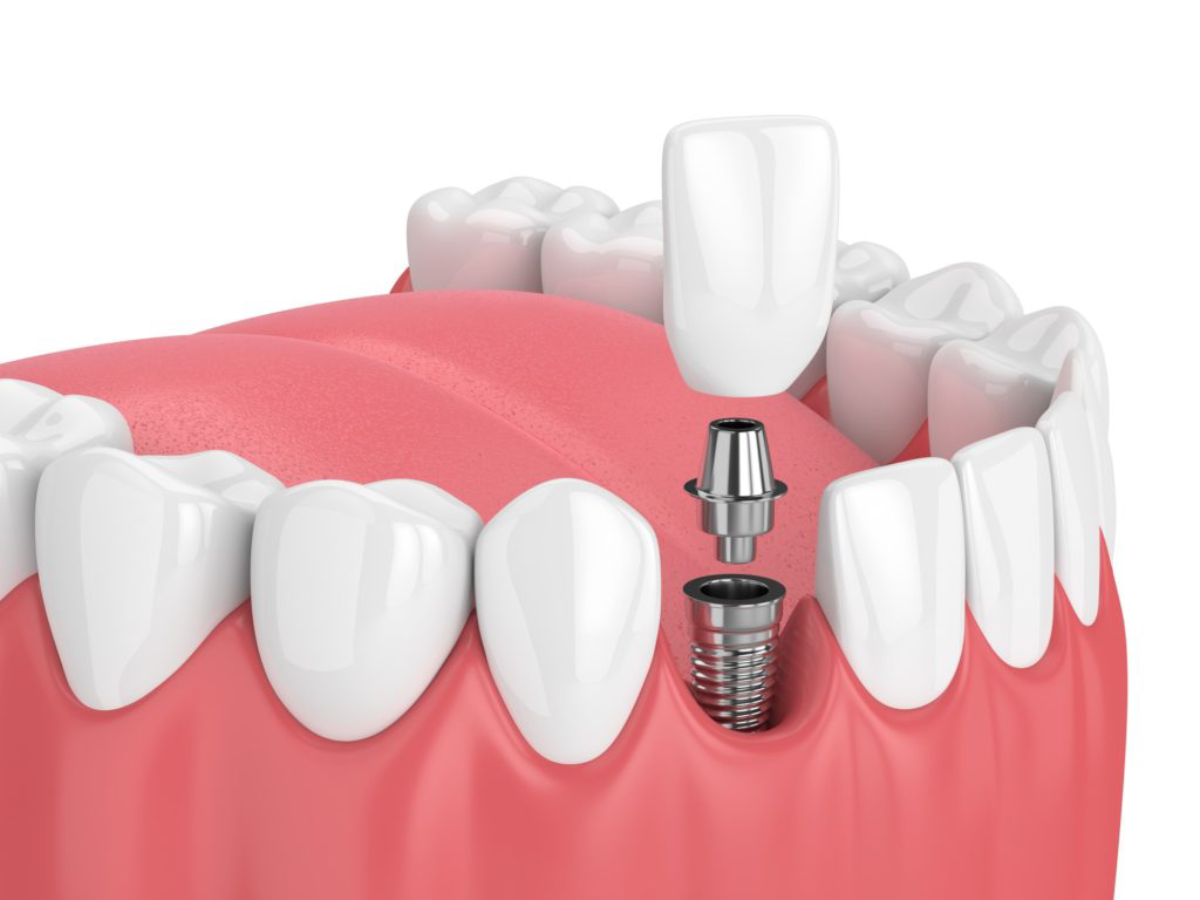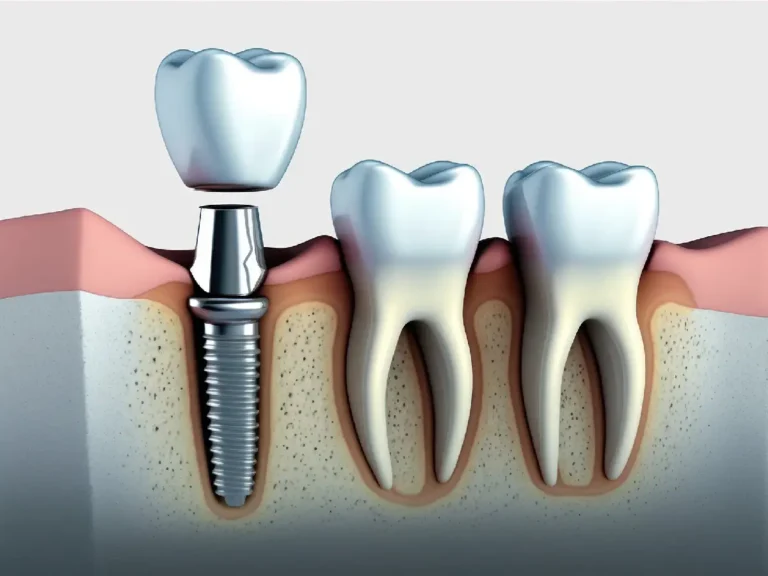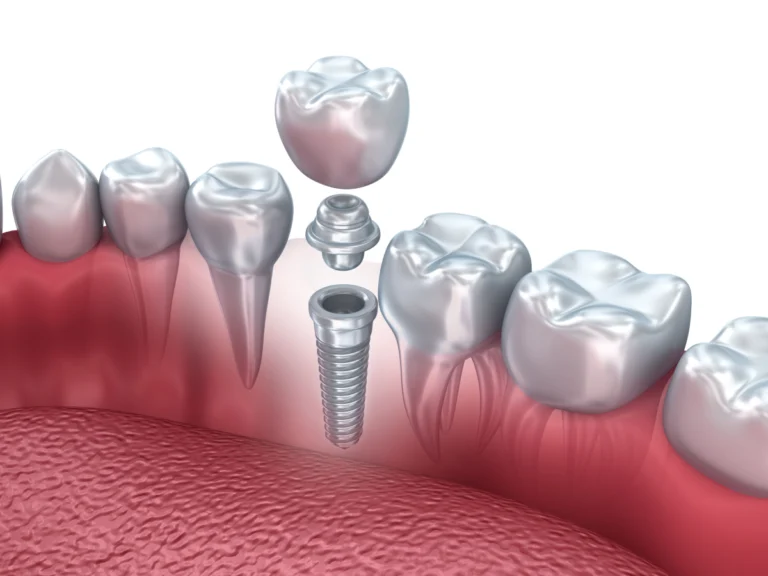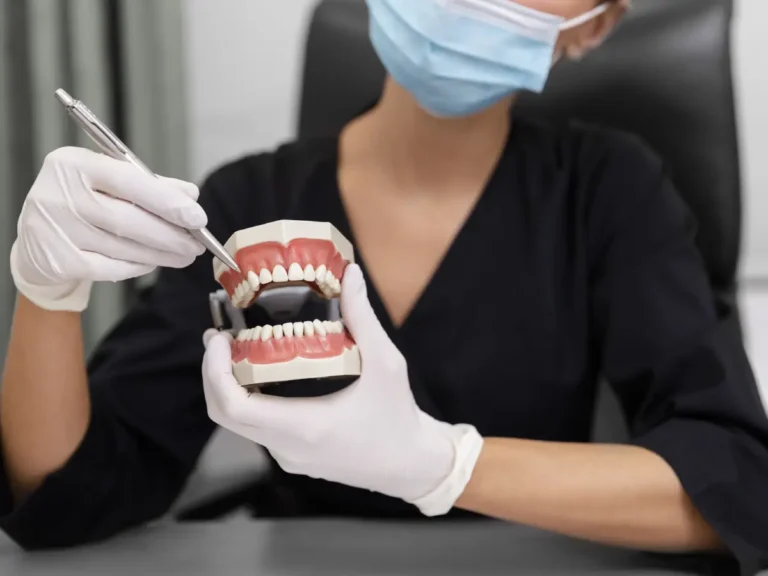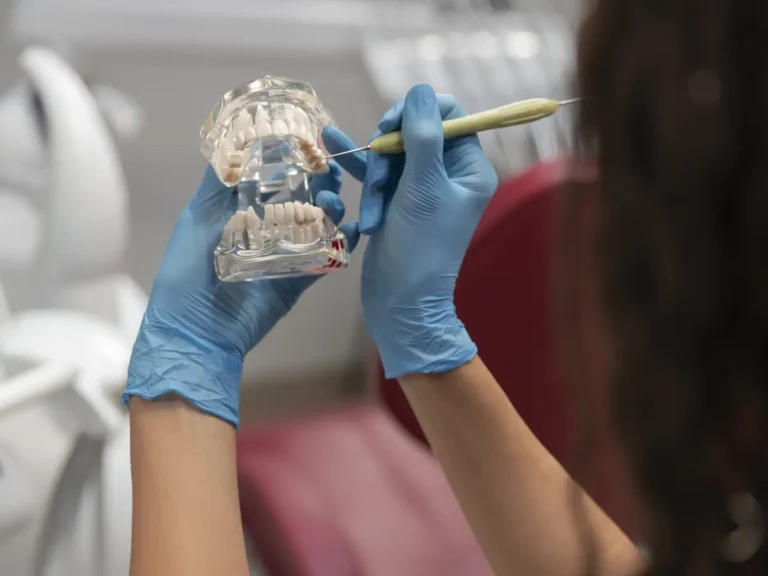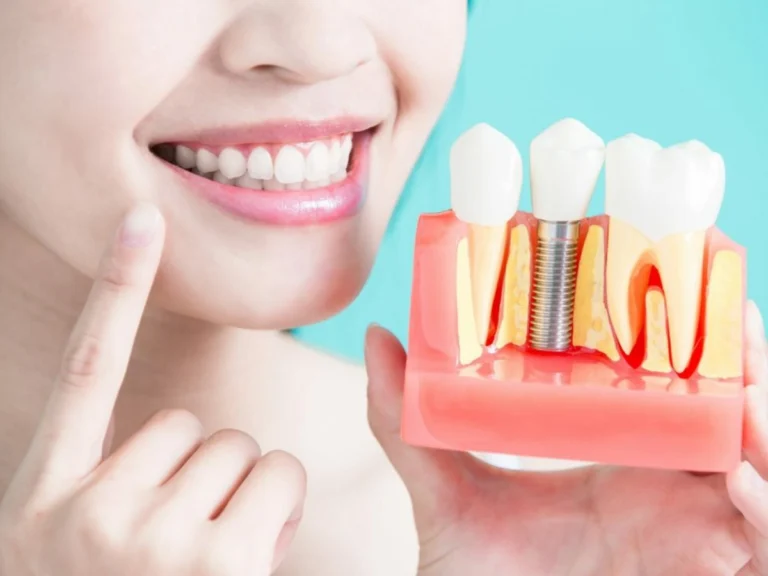Considering teeth replacement options, dental implants stand out as a permanent solution.
There are several types of dental implants available, and the Dental Implant Procedure typically involves placing artificial tooth roots into the jawbone.
While the benefits of dental implants include natural appearance and improved oral function, patients should be aware of potential Side Effects of Dental Implants, such as temporary discomfort.
Dental implant recovery usually takes a few months for complete healing, and many patients explore dental implant turkey options due to cost considerations.
Types of Dental Implants
With dental implants, you can regain your confidence and smile without having to worry about slipping like dentures do.
You’ll also be able to chew your food better, which will help you maintain a healthy lifestyle. There are several types of dental implants to consider when planning your surgery.
It may be helpful to talk to your dentist first to find the right choice for you.
Single Implants vs. Multiple Implants: What’s the Difference?
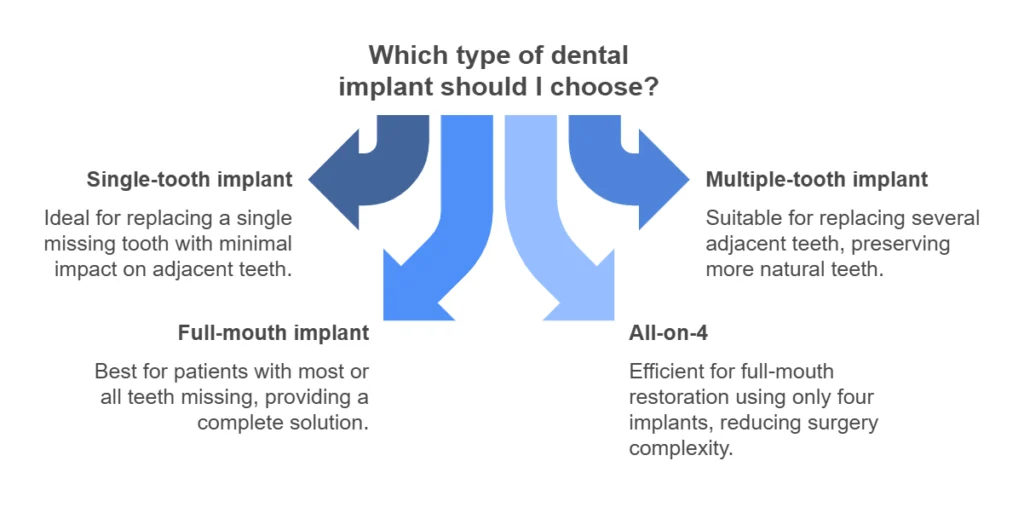
Single-tooth implant
Dental implants are one of types of dental implants that involves replacing a missing tooth with an artificial tooth.
They are one of the most effective and long-lasting solutions for replacing a missing tooth, giving it the appearance and function of a natural tooth. There are several reasons why individuals may choose this procedure, including:
- Aesthetics: A missing tooth can create a visible gap in your smile, affecting your self-confidence and overall appearance.
- Oral health: A missing tooth can affect the integrity of your jawbone, leading to bone loss. Dental implants not only fill the gap, but also stimulate the bone, preventing deterioration.
- Function: A dental implant acts like a natural tooth, allowing you to bite, chew, and speak without any discomfort or hindrance.
Multiple-tooth implant
Multiple dental implants replace several natural teeth and their roots with more natural-looking, functional, and decay-resistant structures.
There are times when implants can be placed the same day the unhealthy teeth are removed, while other times the bone may need several months to heal before the implant can be placed.
Temporary teeth are sometimes provided at the time of implant placement and can be worn during the healing process. During the healing time, the implant and bone fuse together to create an anchor for the new dental bridge.
Once healing is complete, usually after several months, the final bridge is created to match the color and style of the remaining natural teeth. This bridge is attached to small metal posts and the implants.
Full-mouth implant
The Complete Dental Implant System revolutionizes tooth replacement by using a series of titanium implants that are placed directly into the jawbone. This advanced prosthetic technology replaces all of the teeth in the jawbone, supporting a fixed prosthesis to replace the missing teeth.
Complete dental implants provide a permanent, stable and comfortable solution for those who have lost all of their teeth in one or both jaws. They offer multiple benefits that can significantly improve a patient’s quality of life in several aspects:
- Comfort: They are firmly anchored to the bone, preventing denture movement and reducing gum irritation.
- Mastication: Implants provide a chewing force similar to natural teeth, which can improve nutrition and eating pleasure.
- Pronunciation: They are stable, facilitating pronunciation and clarity of speech.
All-on-4
This types of dental implants involves placing four implants in the jaw, with the posterior implants positioned at an angle to maximize bone contact and improve the distribution of chewing forces.
This method is popular in the UK due to its low cost and the possibility of avoiding bone grafting. However, it may offer less comfort and durability than other options.
Basic Types of Implants: What You Need to Know
Endosteal implant
A bone graft is a special type of dental implant that is placed in the jawbone as an artificial root, holding the replacement tooth. Dental implants are usually placed when someone has lost a tooth, and are the most common type of implant.
Endosteal implants are usually made of titanium, and are usually in the form of small screws and are placed in the jawbone.
Subperiosteal implants
If you need one of types of dental implants but don’t have enough healthy jawbone to adequately support them, your dentist may recommend subperiosteal implants. These implants are placed on or above the jawbone and below the gumline to protrude through the gums, holding the replacement tooth.
What other procedures might be done alongside dental implants?
Supplementary procedures refer to additional steps that may be necessary to prepare the mouth for dental implants.
These procedures address specific issues that can affect the success of implant placement, such as insufficient jaw bone density, gum problems, or other factors that may affect the stability and longevity of the implant treatment.
Common examples of complementary procedures performed include: bone augmentation, sinus lift, and ridge expansion. Please note that supplementary procedures are not always necessary, and the need for them will be determined on a case-by-case basis by your oral surgeon or dentist.
You will get the best advice with our specialized team at Medconsulto. contact us

